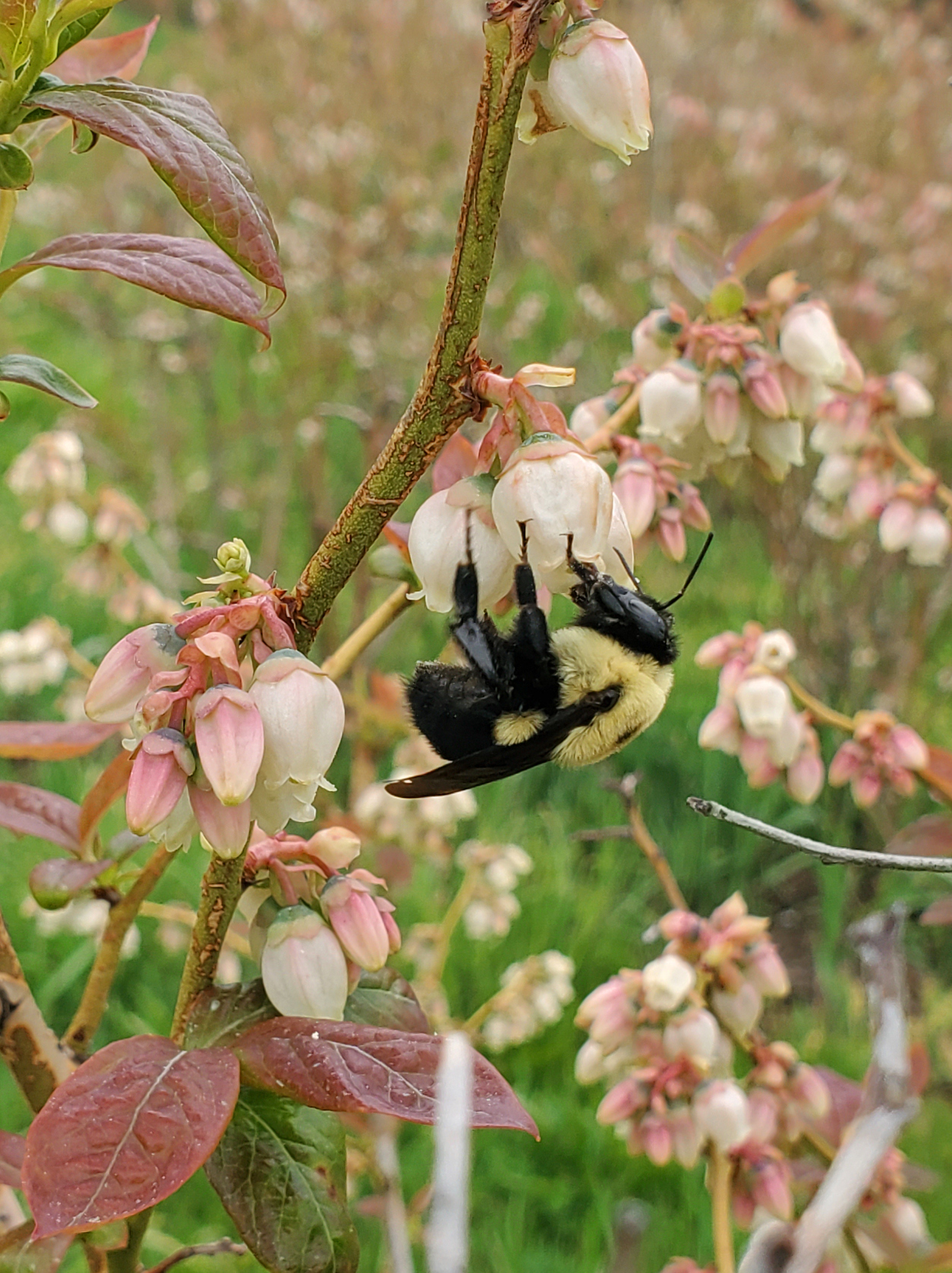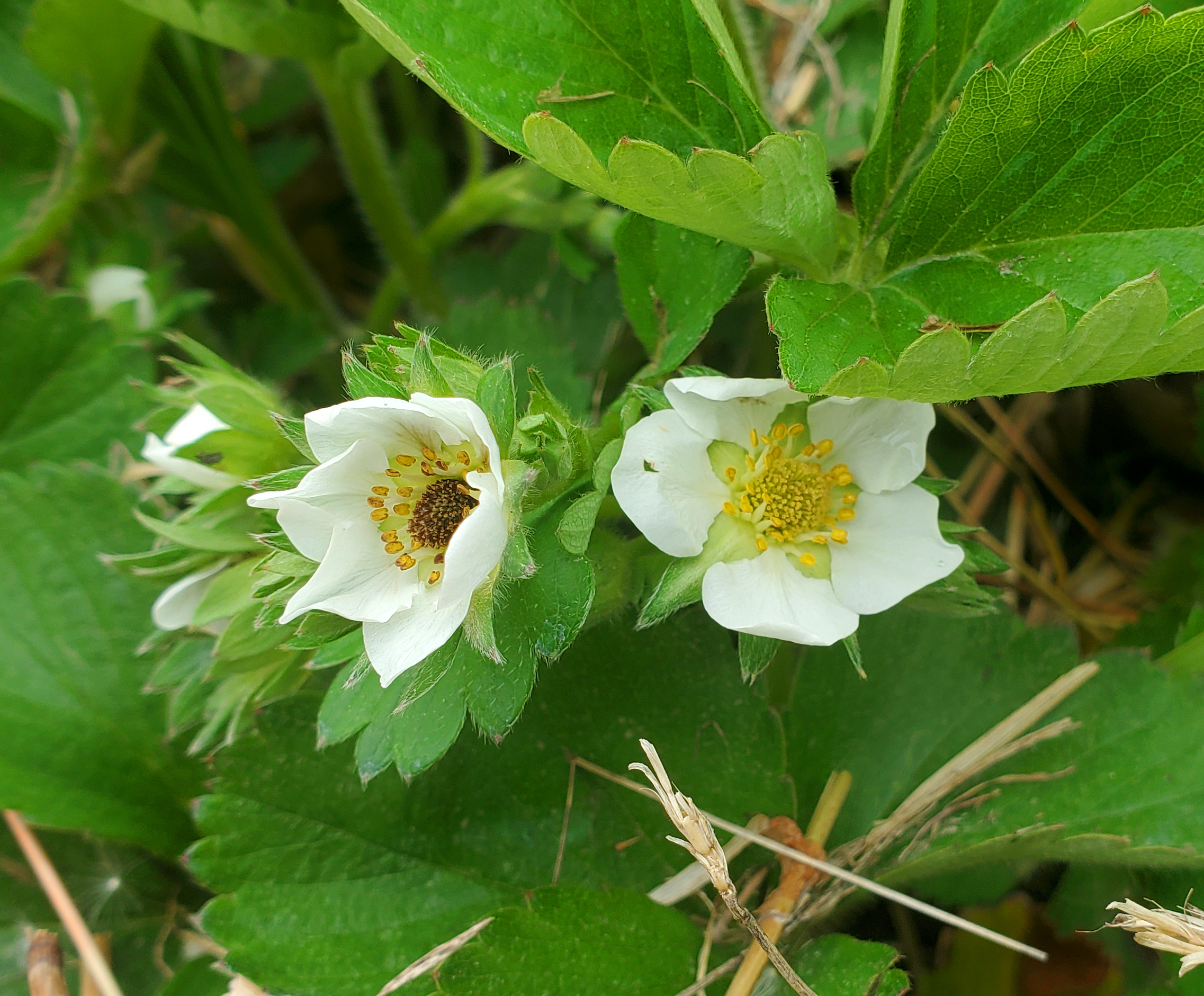Southwest Michigan fruit update – May 11, 2021
Cool weather and scattered frosts have kept fruit growers scrambling, but only a little damage has been reported.

Weather
Last week was cool. High temperatures for most of the week were near 50. Lows were just above or just below freezing most nights. Scattered rains on Thursday, May 6, and Saturday brought a quarter inch or less for the week. We are currently at around 4 inches for the year.
Tuesday and Wednesday, May 11 and 12, will be cool with lows near freezing again. The rest of the week is expected to be warmer with highs in the 60s with lows in the upper 30s. No rain is expected in the next week.

Soils are dry. Soil temperatures have held steady in the upper 50s in many areas. With the cool week, we picked up few growing degree days (GDD) last week: 40 GDD base 42 and 15 GDD base 50.
|
Southwest Michigan GDD summary from March 1 - May 9, 2021 | |||
|---|---|---|---|
|
Station |
GDD 42 F |
GDD 45 F |
GDD 50 F |
|
Benton Harbor (SWMREC) |
488 |
379 |
239 |
|
Lawton (Lawton) |
504 |
391 |
241 |
|
Fennville (TNRC) |
415 |
316 |
193 |
|
Average for the SW region |
489 |
379 |
237 |
|
Average last week |
448 |
351 |
223 |
Tree Fruit
Foliage is still looking less than full green. Lack of rain is drying out the soil profiles in sandy sites. Cold temperatures have stretched the bloom and petal fall over several weeks. Insect activity over the past week has been very slow. No sign of plum curculio damage yet.
Apricots are at 15 millimeters. The crop looks to be very good at some sites and poor at others. Plum curculio will become a concern once we start seeing warm evenings. Bacterial spot is sometimes a problem on susceptible varieties. Copper is about the only bactericide labeled for apricot, and most labels don’t support post bloom use.
Peach and nectarine are coming out of the shuck. Oriental fruit moth catches increased significantly in the past two weeks, indicating egglaying is occurring. First generation oriental fruit moth target tender shoot tips of peach, and to a lesser extent, apple shoots.
In cherries, some tarts have emerged from the shuck. Some sweet cherries are at 10-12 millimeters. Cherry leaf spot infection periods have been suppressed by recent cool weather and relatively short wetting periods. Plum curculio feeding and egglaying in sweet cherry fruit could begin with the resumption of warm weather.
In plums, Japanese plums and European plums are emerging from the shuck. Crop prospects still look decent, but it remains to be seen how many fruit will stick on the tree. Poor pollination and frost damage can increase split pit problems at harvest. Black rot control is still ongoing until terminal growth slows. Fruit are still generally too small to attract insect feeding.
Apple range from petal fall to 5-millimeter diameter fruit. Last week’s warm weather on Monday and Tuesday and rain on the second day raised the risk of fire blight infection. Cool weather for the rest of the week reduced the fire blight risk. Recent apple scab infection events have been few. Scab ascospore catches are still significant.
Notching and plant growth regulator treatment of young trees can help induce lateral bud development, but the effective treatment window is closing. Root pruning to reduce tree vigor is generally done in the bloom to petal fall window.
According to the model on Michigan State University's Enviroweather, codling moth biofix occurred one to two weeks ago. With the cooler weather, little flight occurred in the past week. Codling moth mating needs warm evening temperatures in the 60s for good flight.
Pears are approximately 7 millimeters in diameter (Bartlett). Pear fruit are generally too hard to be a target for first generation codling moth. Pear psylla and scab are the primary concerns at this time.
Small fruit
Grapes are at late bud swell to 1-3 inches of shoot growth. A classic radiation freeze the morning of Saturday, May 8, caused some damage in low lying areas, but the damage is extremely variable. It will be a week or two before the effects are clear.
Blueberry bloom has begun in Berrien County and away from Lake Michigan in Van Buren County. With open bloom growers can expect damage to the flowers at temperatures below 28 degrees Fahrenheit. Apply fungicides to protect open flowers from mummy berry infection. Flowers are most susceptible equally to infection and pollination soon after opening and susceptibility declines after that. Fungicide applications are focused on early bloom and mid or full bloom to protect newly opened flowers. At the end of bloom, disease control refocuses on both mummy berry infections in late bloom and anthracnose infections to young green fruit. Applications of pesticides during bloom should be done in the early morning or at night when bees are unlikely to be foraging. Bees can carry pesticides back to the hive.
Cherry fruitworm biofix should occur in most areas this week. Management for this pest will begin when egglaying begins, which is at least a couple weeks away. Cranberry fruitworm biofix is still a couple weeks away.

Strawberry bloom continues. There were several possible frost events this past week. Most growers used overhead irrigation to protect open blooms multiple nights in a row. In these conditions, it can be difficult to keep fungicides on the plants for protection. If sprays are needed, use a systemic option and treat early in the morning for the most time for the plant to absorb the fungicide before the next watering. With bloom and bee activity, do not use insecticides. Cool, wet conditions favor angular leaf spot, a bacterial disease, and the only effective controls are copper formulations. If flower buds are not open, consider sprays to protect against strawberry clipper and tarnished plant bug.

Bramble shoots are elongating and flower buds are visible. Scout for leaf feeding insects such as leafrollers and sawflies.
Miscellaneous crops
Currants are finishing bloom. The bases of the flowers are beginning to swell, turning into the developing fruit.
Hops stringing is continuing. Little growth occurred this past week.
Chestnut leaves have emerged. Shoots are beginning to lengthen on early varieties.
Pawpaw flowers are beginning to open.
Upcoming meetings
Our regular Southwest Michigan Monday Fruit IPM Updates are available online. You need to register to receive the Zoom link and password for these meetings. The webinars are free and one pesticide applicator credit is available for each meeting. We had over 70 growers attending our Monday meetings last year.
A pre-bloom blueberry meeting is scheduled for Friday, May 14, from 1 to 4 p.m. Register here. This meeting is good for three RUP credits.



 Print
Print Email
Email
